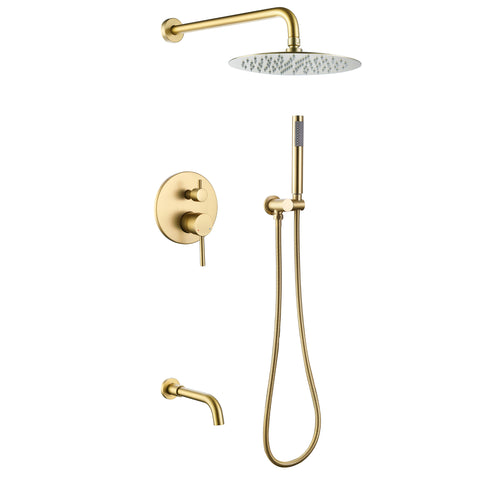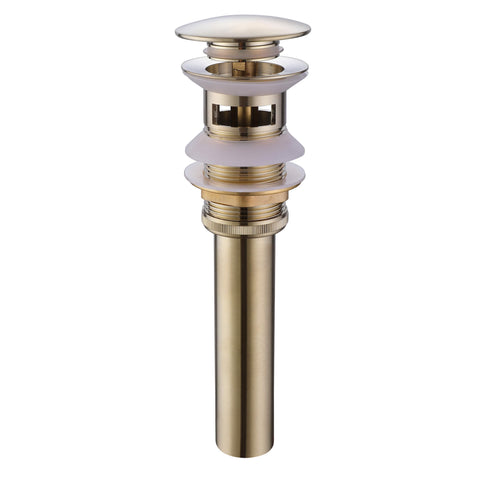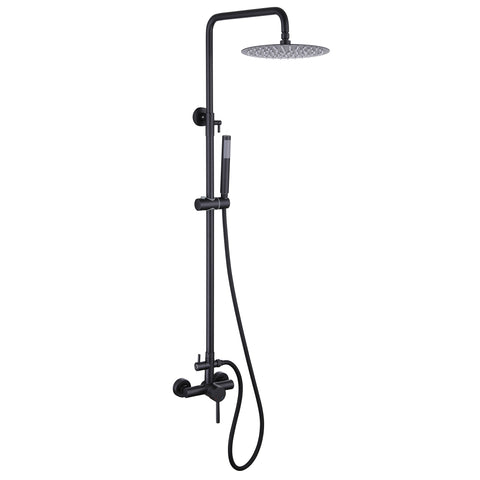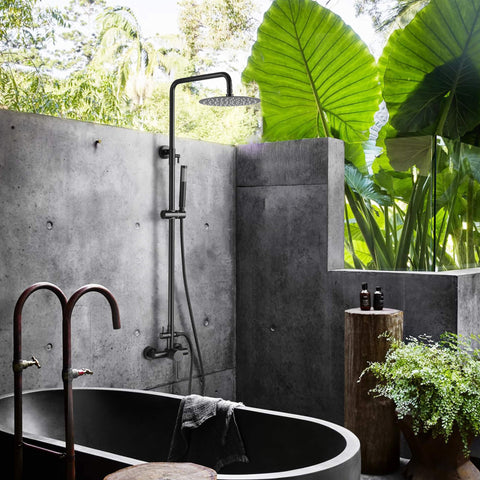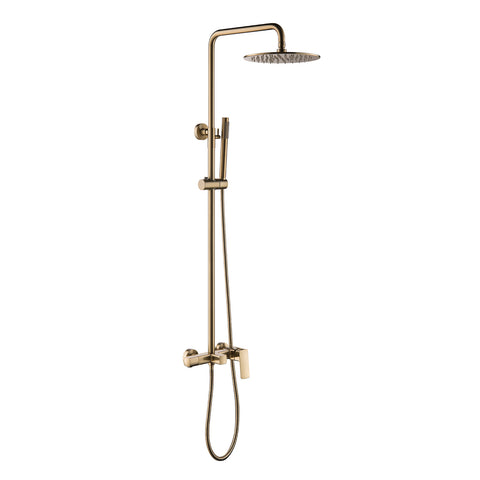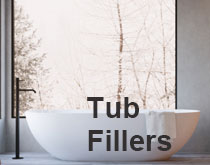Can I Use a Kitchen Faucet in the Bathroom? Exploring the Possibilities
The Differences Between Kitchen and Bathroom Faucets
Before we discuss whether it's possible to use a kitchen faucet in the bathroom, it's essential to understand the key differences between the two types of faucets.
- Design and Aesthetics: Kitchen faucets are often larger and more robust in design, with taller spouts and a more industrial look. On the other hand, bathroom faucets are typically smaller, more delicate, and designed to complement the bathroom's decor.
- Water Flow and Pressure: Kitchen faucets are designed to accommodate higher water flow and pressure to handle tasks like filling large pots and cleaning dishes effectively. Bathroom faucets, while they provide sufficient water flow for handwashing and other bathroom activities, are generally designed for more delicate tasks.
- Mounting and Installation: Kitchen faucets usually have a single hole or multiple holes for mounting, while bathroom faucets often come with three holes for hot and cold water handles and a spout.
Considering these differences, using a kitchen faucet in the bathroom might seem feasible, but there are several critical aspects to take into account.
Factors to Consider
Size and Space: Kitchen faucets, being larger, may not fit well within the limited space of a bathroom sink. Before attempting to install a kitchen faucet in the bathroom, carefully measure the sink area to ensure it can accommodate the larger fixture.
- Water Flow and Pressure: As mentioned earlier, kitchen faucets are designed for higher water flow and pressure. Installing one in the bathroom could lead to excessive splashing or even water wastage, which is not ideal for small bathroom sinks.
- Functionality: Consider the primary uses of a bathroom faucet - washing hands, brushing teeth, and other basic tasks. A kitchen faucet may not provide the precision and control needed for these activities, potentially leading to discomfort or inconvenience.
- Aesthetic Appeal: The aesthetic mismatch between a kitchen faucet and a bathroom decor could be jarring. Bathroom faucets are often chosen for their elegance and ability to blend seamlessly with the overall design, something that a kitchen faucet may not achieve.
- Plumbing Compatibility: Check the plumbing compatibility between your existing bathroom setup and the kitchen faucet. Modifications might be necessary, which could incur additional costs.
Pros and Cons
Pros:
- Unique and unconventional design choice.
- Larger spout could be beneficial for filling buckets or containers in the bathroom.
Cons:
- Size and design mismatch with the bathroom decor.
- Inadequate water flow and pressure for bathroom-specific tasks.
- Potential plumbing modifications needed.
- May not be practical for everyday bathroom use.
While it might be tempting to use a kitchen faucet in the bathroom due to its unique appearance, it's crucial to consider the practicality and potential challenges associated with this idea. Kitchen faucets and bathroom faucets are specifically designed to meet the demands of their respective spaces, and using them interchangeably may not yield the best results.
Ultimately, it's essential to choose a faucet that complements your bathroom's design, provides optimal functionality, and ensures a pleasant user experience. If you are looking for an unconventional touch, consider exploring a wide variety of bathroom faucets available in the market that offer unique designs without compromising on practicality. Always consult with a professional plumber or contractor before making any significant changes to your plumbing fixtures to ensure a successful and safe bathroom renovation.
